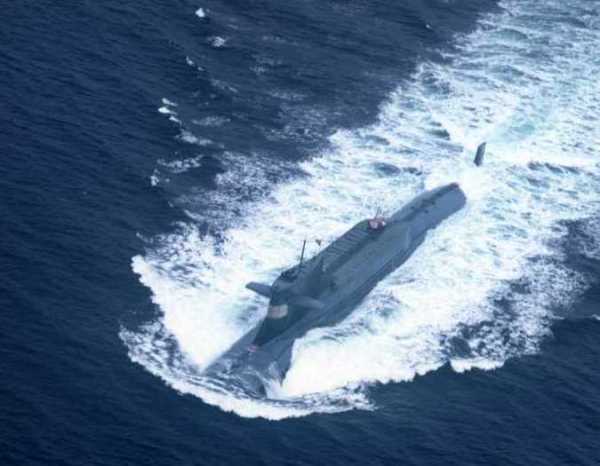China is building a modern and regionally powerful navy with a limited but growing capability for conducting operations beyond China’s near-seas region. Observers of Chinese and U.S. military forces view China’s improving naval capabilities as posing a potential challenge in the Western Pacific to the U.S. Navy’s ability to achieve and maintain control of blue-water ocean areas in wartime—the first such challenge the U.S. Navy has faced since the end of the Cold War.
More broadly, these observers view China’s naval capabilities as a key element of an emerging broader Chinese military challenge to the longstanding status of the United States as the leading military power in the Western Pacific. The question of how the United States should respond to China’s military modernization effort, including its naval modernization effort, is a key issue in U.S. defense planning.
China’s naval modernization effort encompasses a broad array of platform and weapon acquisition programs, including anti-ship ballistic missiles (ASBMs), anti-ship cruise missiles (ASCMs), submarines, surface ships, aircraft, and supporting C4ISR (command and control, communications, computers, intelligence, surveillance, and reconnaissance) systems. China’s naval modernization effort also includes improvements in maintenance and logistics, doctrine, personnel quality, education and training, and exercises.
Observers believe China’s naval modernization effort is oriented toward developing capabilities for doing the following: addressing the situation with Taiwan militarily, if need be; asserting or defending China’s territorial claims in the South China Sea and East China Sea; enforcing China’s view that it has the right to regulate foreign military activities in its 200-mile maritime exclusive economic zone (EEZ); defending China’s commercial sea lines of communication (SLOCs); displacing U.S. influence in the Western Pacific; and asserting China’s status as a leading regional power and major world power.
Consistent with these goals, observers believe China wants its military to be capable of acting as an anti-access/area-denial (A2/AD) force—a force that can deter U.S. intervention in a conflict in China’s near-seas region over Taiwan or some other issue, or failing that, delay the arrival or reduce the effectiveness of intervening U.S. forces.
Additional missions for China’s navy include conducting maritime security (including anti-piracy) operations, evacuating Chinese nationals from foreign countries when necessary, and conducting humanitarian assistance/disaster response (HA/DR) operations.
Potential oversight issues for Congress include the following:
- Whether the U.S. Navy in coming years will be large enough and capable enough to adequately counter improved Chinese maritime A2/AD forces while also adequately performing other missions around the world;
- Whether the Joint Concept for Access and Maneuver in the Global Commons (JAM-GC), previously known as Air-Sea Battle (ASB), represents a good approach for countering China’s A2/AD systems;
- Whether the Navy’s plans for developing and procuring long-range carrier-based aircraft and long-range ship- and aircraft-launched weapons are appropriate;
- Whether the Navy can effectively counter Chinese ASBMs and submarines; and
- Whether the Navy, in response to China’s maritime A2/AD capabilities, should shift over time to a more distributed fleet architecture
Download Full Report in PDF Format
China Naval Modernization: Implications forU.S. Navy Capabilities (477 downloads)










